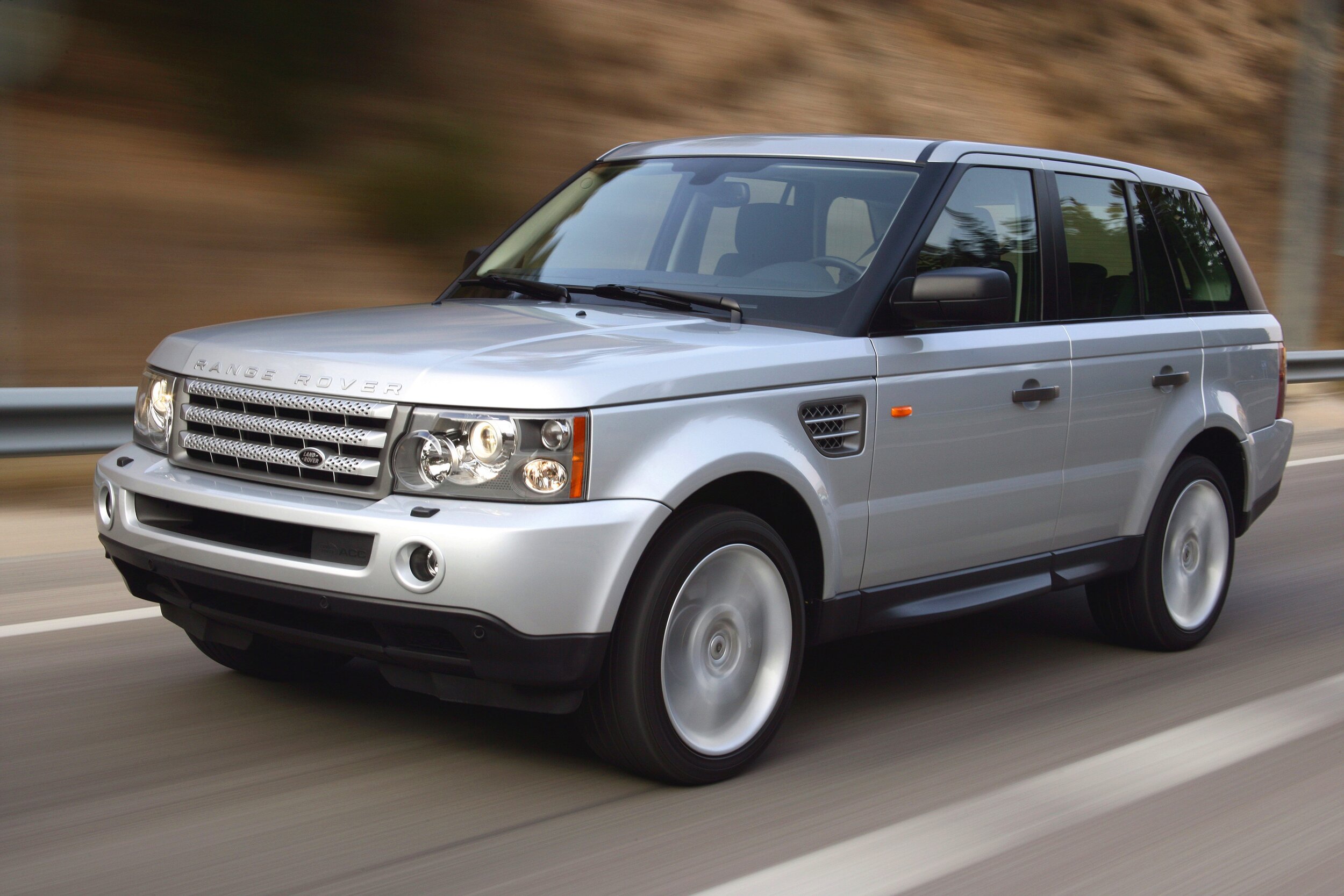Modern Classic: Range Rover Sport
The Range Rover Sport is 140mm shorter than the Land Rover Defender: Photos: Land Rover
The original Range Rover Sport burst onto the international motoring scene in 2005 after the arrival of the Range Stormer concept car a year earlier at the Detroit motor show.
The Stormer – with its three-door, low slung look – was a hit, although never made it into production form. The Range Rover Sport took the recipe of the highly successful Range Rover and shortened it into a rakish, sporty design.
It ushered in the first of this "shortened sporty" (or some might say, impractical, category) which would take many years to be copied by BMW with its X6 and then later, the likes of many, including Porsche with its Cayenne Coupe. I still remember when the Sport first appeared, how it seemed like the ultimate combination of "Range Rover", "Sporty" and was, in my mind, "oh so posh".
At launch in 2005, it had three engines available paired with a five-speed auto transmission.
Built on the integrated bodyframe and semi monocoque platform of the Land Rover Discovery 3 ("LR3") , which had debuted in 2004, the Sport was 140mm shorter than the LR3. It included air suspension which could be raised from its standard height of 172mm up to an offroad height of 227mm and could also be lowered.
It also included Terrain Response with five settings available by rotary knob including normal driving; grass, gravel, snow, mud and ruts; sand; and rock crawl. Its Dynamic Response system, using electro-hydraulic anti-roll bars to counteract gravity in cornering, was also high tech for its day.
The interiors of the originals were well put together with luxurious cherry wood in upper editions and fine leather, plus goodies which could be optioned like rear DVD screens and bi-xenon headlights. A major facelift in 2009 significantly updated the interior to look less plastically and these interiors still look fine today.
The 2005 Range Rover looked very modern at launch and still look fine today.
IInitial engines, driven via a five-speed automatic transmission, included a 2.7-litre V6 diesel putting out 140kW of power; a 4.4-litre, V8 good for 221kW and 4.2-litre V8 supercharged spitting out 287kW.
When Range Rover did its major facelift in 2009 it upgraded these engines to a 3-litre turbo turbocharged diesel (190kW), a 5-litre V8 (276kW) and a wicked 5-litre V8 producing 375kW. Transmissions switched up to six-speed automatic and in 2012, eight-speed automatic.
The Range Rover Sport had Terrain Response, including rock crawl.
A 2006 Range Rover Sport HSE came into my hands in 2019 with just 69,000km. Starting its life in 2006 in Singapore, and later being moved to New Zealand, I took over it as my ski car in Wanaka.
It has always put a smile on my face with its burbling V8 and soft leather seats. It drives like a giant comfortable marshmallow, as one wafts through the corners of the Crown Range, but it sure comes into its own on dirt roads.
Power from the naturally aspired 4.4-litre V8 is what I'd call "perfectly sufficient". Mine is now for sale and there's plenty of others on TradeMe but most have high kilometres and as my friend, the original owner says, the first Sport is destined to be a classic, so buy well I say!




